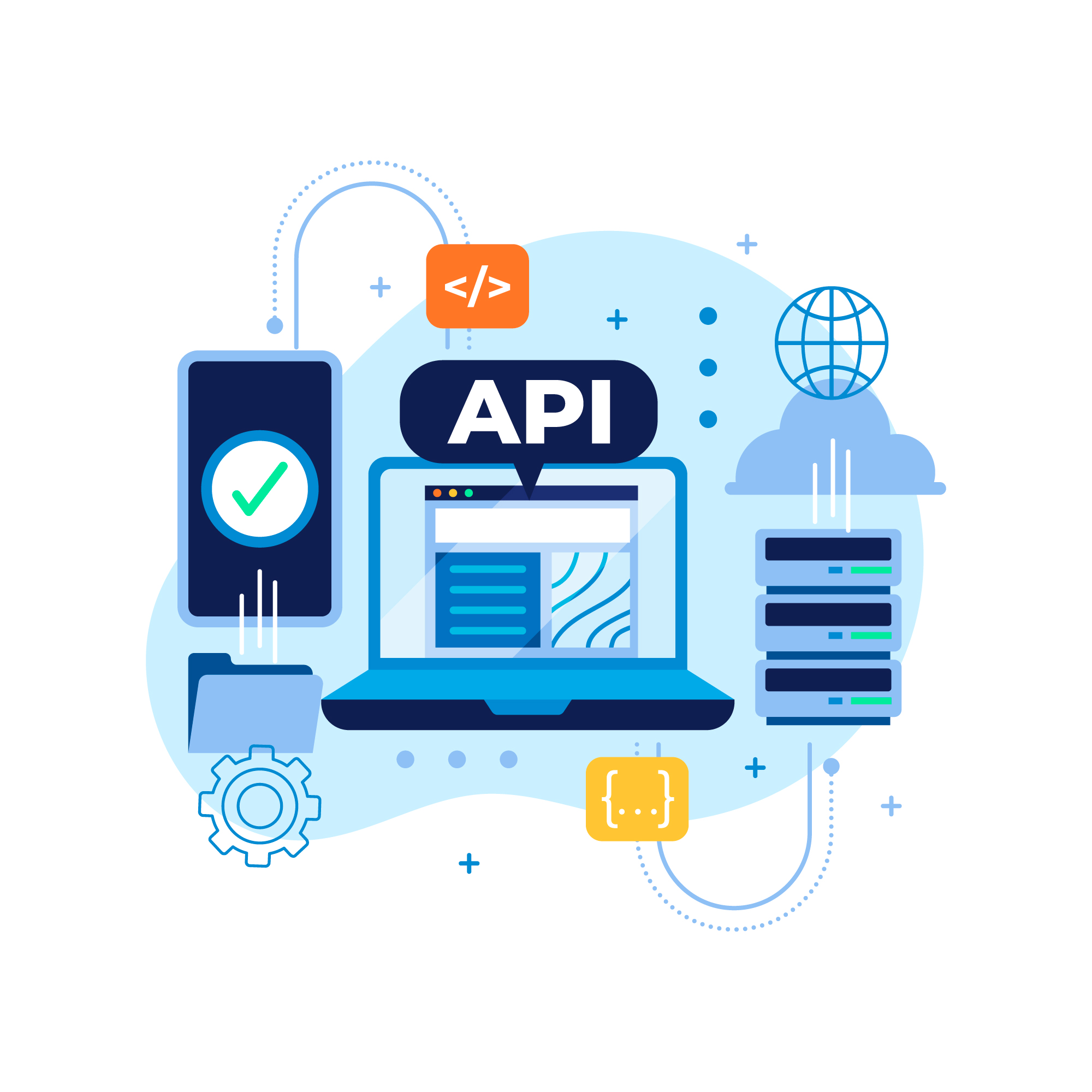Data integration (DI)
Data integration (DI) consolidates data from multiple sources into a central repository, primarily to bolster BI and analytics capabilities. While contemporary DI tools and methods can manage real-time operational data, historically, the focus was on transferring static, relational data among data warehouses.


Application Integration
Application integration (API) synchronizes data between separate applications to meet operational needs like aligning HR and finance systems, ensuring consistency across datasets. SaaS application automation tools facilitate efficient creation and maintenance of native API integrations.